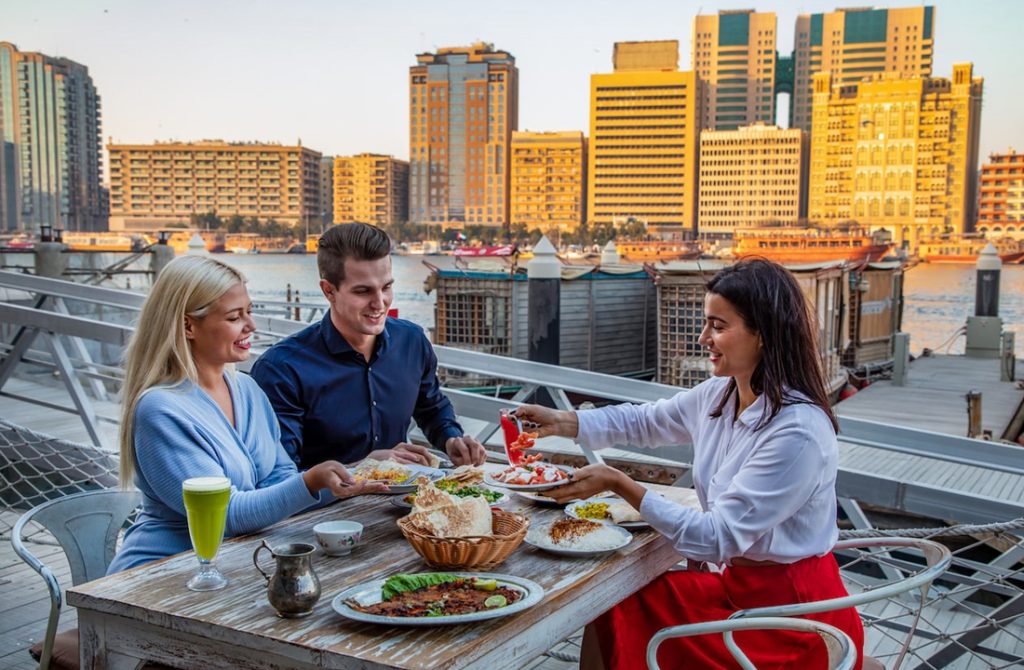At its core, gastronomic cartography invites individuals to explore the world through their taste buds. Each region has its unique flavor profiles, cooking techniques, and traditional dishes that reflect the local culture and environment. For example, the spicy and aromatic dishes of Southeast Asia often highlight the use of fresh herbs and bold spices, while Mediterranean cuisine may focus on olive oil, fresh vegetables, and grains. By learning about these regional characteristics, cooks can create authentic dishes that honor the traditions of various cultures.
One practical way to engage with gastronomic cartography is through ingredient sourcing. Understanding where your ingredients come from can greatly influence the flavors and quality of your dishes. Visiting local farmers’ markets or specialty stores allows you to discover seasonal produce and unique products that can elevate your cooking. By using locally sourced ingredients, you not only support your community but also capture the essence of the region in your meals.
Exploring food maps can also be an exciting way to learn about different cuisines. Many resources, including books and online platforms, offer visual representations of culinary traditions around the world. These maps often highlight signature dishes, key ingredients, and cooking methods specific to each area. By studying these resources, you can gain insights into how geography influences food and discover new dishes to try in your own kitchen.

Incorporating the principles of gastronomic cartography into your cooking can lead to innovative dishes that reflect a fusion of flavors from different cultures. For instance, combining elements from Italian and Japanese cuisines can result in a unique pasta dish featuring miso-infused sauce and seasonal vegetables. This creative blending of culinary traditions not only showcases your culinary skills but also allows for a deeper exploration of the connections between different food cultures.
Another essential aspect of gastronomic cartography is storytelling. Each dish carries a narrative that reflects its cultural significance and history. When preparing a meal, consider sharing the story behind the ingredients or the dish itself with your guests. This storytelling aspect adds depth to the dining experience and fosters a greater appreciation for the food being served. It transforms a simple meal into a journey through time and place, enriching the overall experience.
Engaging with gastronomic cartography can also inspire travel and exploration. Food enthusiasts often embark on culinary journeys to experience the flavors of different regions firsthand. This exploration can lead to unforgettable experiences, from savoring street food in Bangkok to enjoying traditional pasta in a quaint Italian village. Such adventures not only expand your palate but also deepen your understanding of the cultural significance of food.
Gastronomic cartography ultimately transforms the way we perceive and engage with food. By mapping out culinary experiences through geography, culture, and storytelling, cooks can create meaningful dishes that reflect the richness of global cuisines. This approach not only enhances culinary skills but also fosters a deeper connection to the food we eat and the diverse cultures that shape our culinary landscape. Embracing this concept can lead to a more enriching and flavorful cooking journey.

